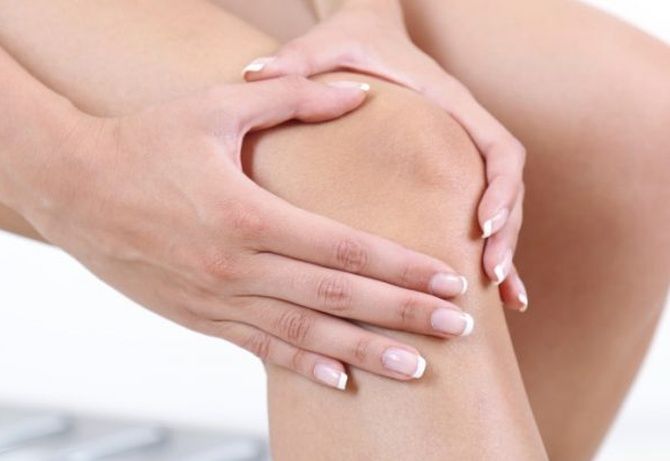Staying active and warm are the only pragmatic solutions to alleviate joint pain, says Dr Aashish Chaudhry.

Change in weather conditions, especially in winters, are often associated with recurring stiffness, aches and pains.
Winters are very troublesome for people with bone and joint pains. The cold weather accentuates the pain and most people can sense the change in weather through the heightened discomfort in their hands, feet, hips and knee joints.
Why dropping temperatures affect joints does not have one single theory. There is one relates to the drop in barometric pressure, which causes tendons, muscles and the surrounding tissues to expand.
Because of the lack of space within the body, this can result in pain, especially in joints affected by arthritis.
Though every person's body reacts to fluctuating barometric pressure, people with arthritis, and especially the ones with chronic pain, are more vulnerable to feeling the discomfort.
Bad weather can also affect mood. This can amplify the perception of pain, especially in people suffering from mood swings and depression.

Winter also means that the days are shorter. A lot of people tend to hibernate and laze around.
Movement is specially restricted during biting cold. The lack of physical activity during these days can lead to many health complications. And it is even more dangerous for people with arthritis.
Staying active and warm are the only pragmatic solutions to alleviate joint pain.
Exercise helps in maintaining weight, lowers cholesterol levels and reduces stress and depression.
Regular exercise also helps in boosting immunity, maintaining bone strength and better joint function.
Even for otherwise healthy people, exercise always helps in keeping the extra kilos under control, which improves the overall quality of life.
After running, it is also important to make sure that a proper cool-down is incorporated, followed up by stretching/foam rolling to decrease tightening in the muscles after exercising.
If even after getting into a good stretching and warm-up routine, you notice pain in your joints, consultant an orthopaedic or a physical therapist just to make sure you're not injured.

Pain is your body's warning system and you need to listen to it. Consistent joint pain could be the warning signs of arthritis and it is best to address it earlier on.
And, of course, having joint pain or stiffness year-round -- not just when the temperatures are low -- is a clear sign.
It could be a structural problem in the knee cap or joint and should be addressed by an expert.
Joint pain, especially in the knees, is a common complaint during fall and winter seasons.
Though it can happen in any part of the body, it is most common in weight-bearing joints, like the knees, hips and ankles.
Symptoms such as persistent swelling, redness and difficulty in putting pressure on joints need to be addressed immediately.
Aashish Chaudhry, MD, is head of the department, orthopaedics and joint replacement, Aakash Healthcare.











